Impact Of a Jet
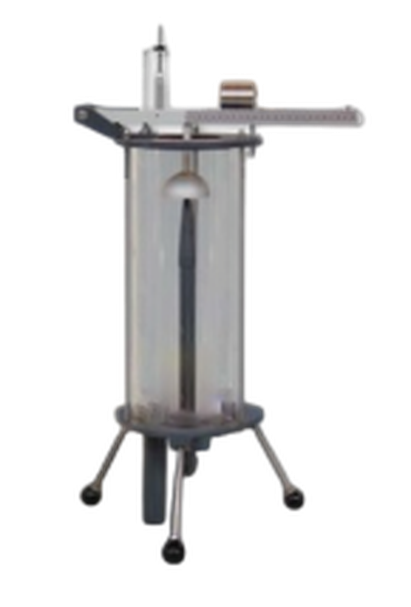
Order Code: 22235750.2
Category: General Lab Equipment II
Key Features: Quick and accurate force measurements Includes flat, hemispherical, angled and conical plates Clear vessel so that students can see what is happening Works with Digital Hydraulic Bench for easy installation Works wit...
SPECIFICATION
Key Features:
- Quick and accurate force measurements
- Includes flat, hemispherical, angled and conical plates
- Clear vessel so that students can see what is happening
- Works with Digital Hydraulic Bench for easy installation
- Works with optional, free Hydraulics Data Management System Software (HDMS)
Key Specifications:
- Flat plate
- Hemispherical plate
- 120-degree conical plate
- 30-degree angled plate
Learning Outcomes
Measurement of the impact force and comparison with momentum change of four
different plates:
- Flat plate
- Hemispherical plate
- Inclined flat plate
- 120-degree conical plate
- 30-degree angled plate
Description:
To understand correctly how a turbine (a Pelton wheel for example) works, students need to understand how jet deflection produces a force on turbine vanes.
They also need to know how this force influences the rate of momentum flow in the jet.The Impact of a Jet apparatus demonstrates the force produced by a jet of water as it strikes a flat plate or hemispherical cup, which can be compared to the momentum flow rate in the jet. To extend the range of investigations, the 120° conical plate and 30° angled plate are included. Digital Hydraulic Bench (available separately) provides the water source for experiments.The Impact ofa Jet consists of a transparent cylinder containing a vertically tapered nozzle and a test plate. The cylinder is on legs and mounts on the top of the hydraulic bench. The nozzle, supplied by the hydraulic bench, produces a high-velocity jet of water which hits the test plate. The test plate connects to a weigh beam assembly with jockey weight which measures the jet force.
A drain tube in the base of the cylinder directs water back into the hydraulic bench, allowing accurate flow rate measurement.All test plates are all easily interchangeable, taking only a few seconds and needing no tools.To perform experiments, students level the apparatus and zero the weigh beam assembly. They set the flow from the hydraulic bench to maximum, and measure the jet force. They reduce the flow from the hydraulic bench in several increments. At each increment they record the force of the jet on the plate and the flow rate.
They then repeat the experiments for different test plates. Students compare their experimental results to those calculated from theory, working out charts of rate of force on plate and rate of delivery of momentum.If required students can download Hydraulics Data Management System (HDMS) software onto a suitable computer (not supplied) to aid withentering, evaluating and presenting their data.
Standard Features
- Supplied with a comprehensive user guide
- Five-year warranty
- Manufactured in accordance with the latest European Union directives
- ISO9001 certified manufacturer
Typical Work Assignment
This experiment asks the student to measure the force on the plates for different flow rates andcalculate the rate of delivery of momentum. The results should be linear, producing gradients that are unique to the design of the plate.
Hydraulics Data Management System
The HDMS is a complimentary software tool designed to help students accurately record data from experiments associated with this apparatus. The software is intuitive and easy to use, withclear and convenient data display options, enabling students to run automatic calculations and export charts and results for further investigation.
Specifications
Is committed to a programme of continuous improvement hence we reserve the right to alter the design and product specification without prior notice.
Nett dimensions and weight:
740 mm high x 420 mm wide x 310 mm and 7 kg
Approximate packed dimensions and weight:
0.176 m3 and 14 kg
Flat plate:
74 mm diameter, normal to and coincident with the jet axis
Hemispherical plate:
60 mm diameter
Conical plate:
75 mm diameter 120°
Angled plate:
75 mm diameter 30°
Ancillaries (included):
All necessary pipe clips and tubing
Operating Conditions
Operating environment:
Laboratory
Storage temperature range:
–25°C to +55°C (when packed for transport)
Operating temperature range:
+5°C to +40°C
Operating relative humidity range:
80% at temperatures < 31°C decreasing linearly to 50% at
40°C

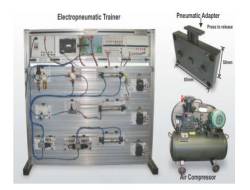
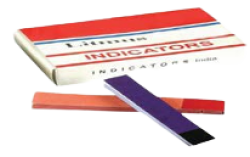
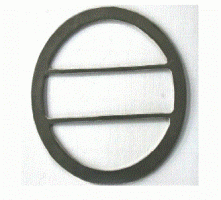
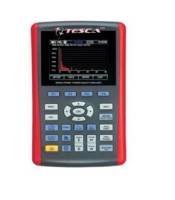


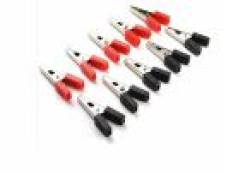
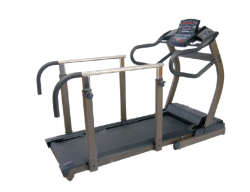
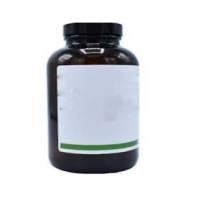

 91-9829132777
91-9829132777